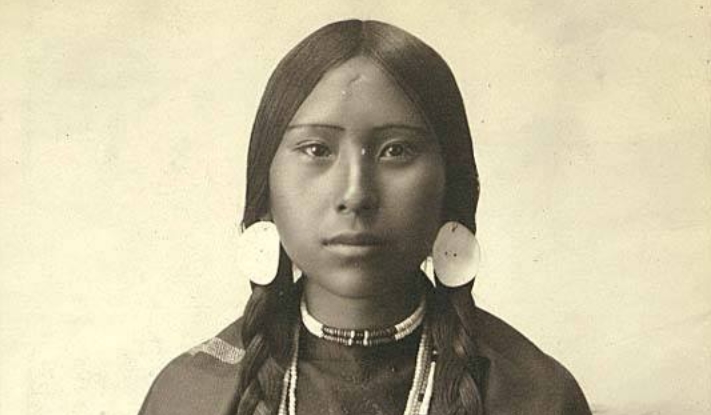10 Things You Need to Know About Native American Women
The important role of Native American women
It’s no exaggeration to say that Native American women are missing from most media coverage, history books and classroom discussions. But at least journalism students, instructors and state educators in Nebraska are doing something to help end America’s ignorance of Native women and the contributions they make to their communities, their tribes and to the nation as a whole.
1. “A lot of people think that us women are not leaders, but we are the heart of the nation, we are the center of our home, and it is us who decide how it will be.”–Philomine Lakota, Lakota language teacher, Red Cloud High School, Pine Ridge, S.D.
2. The art forms Native women practice stand as reminders of cultural endurance. “Their crafts survived the Greasy Grass (Battle of Little Big Horn), Wounded Knee One (1890) and Two (1973),” writes Christina DeVries in Native Daughters. “Their spirits survived the Trail of Tears, the Relocation and Termination program and continued struggles against cultural annihilation.”

3. In 1997, Ms. magazine named Winona LaDuke (Anishinaabeg) Woman of the Year. That same year, the activist also debuted her first novel, Last Standing Woman.
4. Of nearly 2 million women enlisted in the U.S. armed forces, 18,000 are American Indian women.
5. The number of Native women applying to medical school has increased since 2003, peaking in 2007 when 77 Native women applied nationwide.
6. In 2007, when Cassandra Manuelito-Kerkvliet (Diné) was named president of Antioch University, she became the first American Indian woman president of a mainstream university. Not only that, but about half of the nation’s tribal colleges are led by Native women presidents.
7. Cecelia Fire Thunder (Lakota) became the Oglala Lakota Tribe’s first woman president. She has fought against domestic abuse, saying it’s not a part of traditional culture, and been a leader for women’s reproductive rights. In 2006, when the South Dakota state legislature prohibited abortion, Fire Thunder announced plans to build a women’s clinic on the reservation, and therefore beyond state jurisdiction. She was impeached by the tribal council, who said she was acting outside her duties as president.
8. Women lead nearly one-quarter of the nation’s 562 federally recognized tribes.
9. “Through the late 1700s, Cherokee women were civically engaged. They owned land and had a say during wartime,” writes Astrid Munn in Native Daughters. “But this changed after the tribe ceded large tracts of land to the U.S. government in 1795.” Since the mid-1980s, though, a generation of Native women activists, lawmakers and attorneys have been changing that history and working to empower women again.
10. Indian Country could never survive without Native women.
SOURCEby Laura Paskus












Outstanding article! I am 1/8th Indian myself and even before I knew that my great-grandmother was full-blooded first nations, I had always been drawn to, and fascinated by anything Indian!!